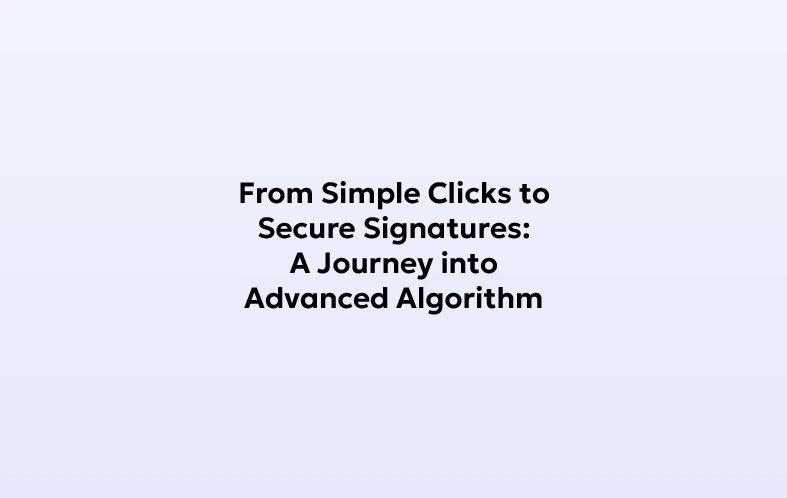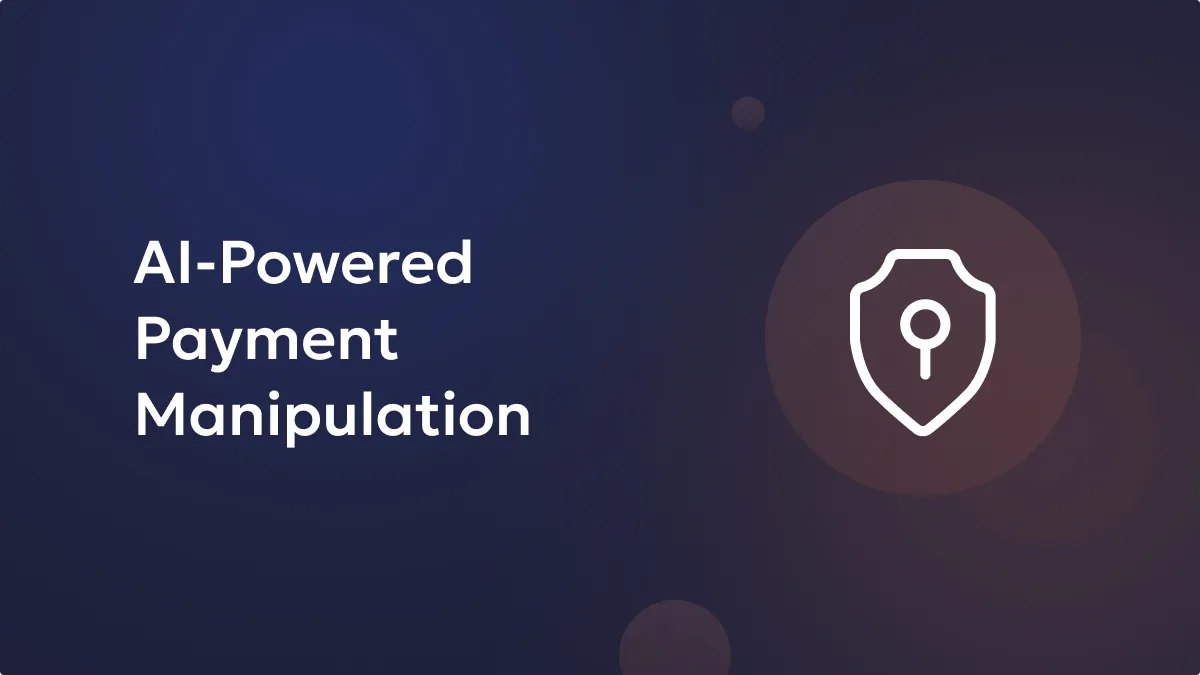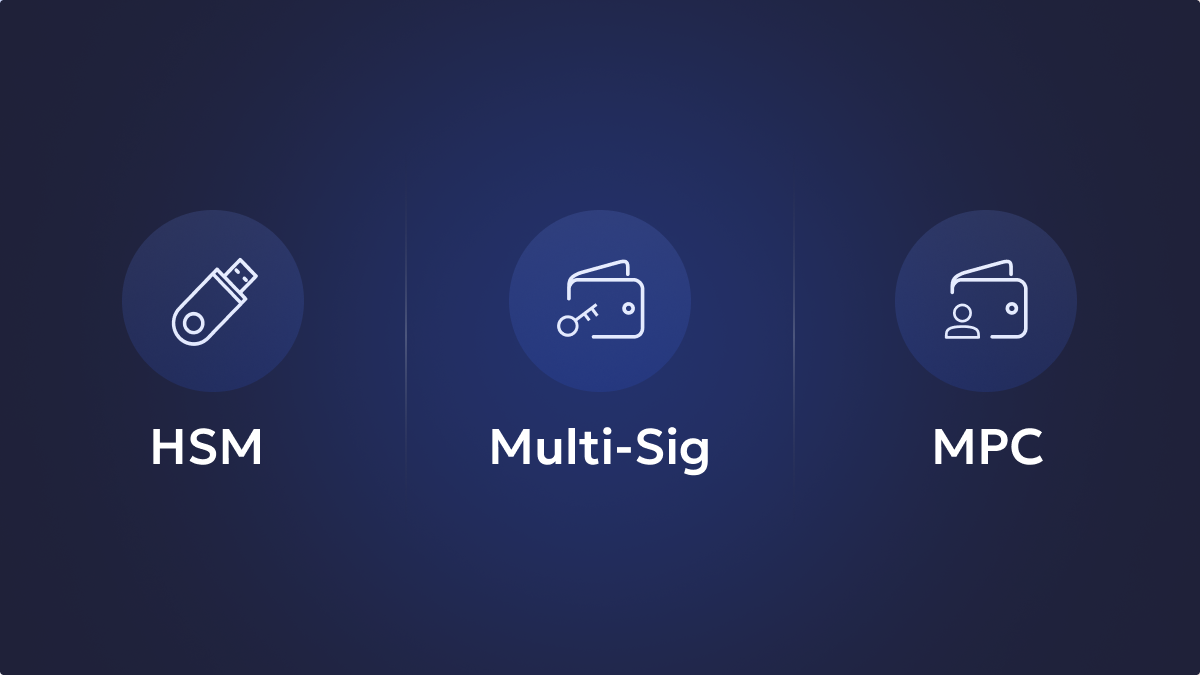Digital signatures serve as a foundational element in contemporary cryptography. It is designed to offer essential support for data integrity, authenticity, and non-repudiation in the digital domain. This exploration will dive into digital signatures’ mechanics, applications, and advantages.
What is a digital signature?
A digital signature, similar to a traditional signature on a physical document, is a cryptographic tool enabling an individual to sign digital data securely. Unlike manual signatures, digital signatures offer heightened security features. Generated using a private key, they can be verified by anyone possessing the corresponding public key, confirming the origin of the signed data and ensuring it remains unaltered during transmission.
Commonly employed in software distribution, financial transactions, and scenarios where detecting forgery or tampering is crucial, digital signatures play a pivotal role in various domains.
Unlock the potential of digital assets for your institution
The traditional RSA (Rivest-Shamir-Adleman) digital signature scheme relies on the complexity of factoring large prime numbers. The RSA algorithm encompasses key generation, signing, and signature verification. However, the computational demands of RSA have driven the search for more efficient algorithms, leading to the emergence of Elliptic Curve Cryptography (ECC).
What is Elliptic Curve Cryptography?
Elliptic Curve Cryptography (ECC), a contemporary approach to public-key cryptography, enhances security with shorter key lengths, making it more efficient than traditional methods. Grounded in the algebraic structure of elliptic curves over finite fields, ECC addresses security challenges by relying on the unsolved Elliptic Curve Discrete Logarithm Problem (ECDLP). ECC-based digital signatures, like the Elliptic Curve Digital Signature Algorithm (ECDSA), offer efficiency and security, particularly suitable for resource-constrained systems like embedded systems.
While ECC presents numerous advantages, its adoption requires a deep understanding of underlying mathematics for proper implementation, and careful parameter choices are essential to avoid vulnerabilities. Despite these challenges, ECC’s efficiency and security benefits make it a critical area of study and application in modern cryptography.
Secure and manage your digital assets with Liminal
Here, we will thoroughly compare traditional RSA-based digital signatures and ECC-based signatures, highlighting their strengths, weaknesses, and suitable application scenarios.
History of DSA Algorithm
The DSA Algorithm, short for Digital Signatures Algorithm, is a Federal Information Processing Standard (FIPS) for digital signatures. Initially proposed in 1991 and globally standardized by the National Institute of Standards and Technology (NIST) in 1994, this algorithm operates based on modular exponentiation and discrete logarithmic problems, presenting a formidable challenge for brute-force computation.
The DSA Algorithm offers three key advantages:
- Message Authentication: By utilizing the correct key combination, the origin of the sender can be verified.
- Integrity Verification: The message remains untampered since any alteration would prevent the entire bundle from being decrypted.
- Non-repudiation: Upon verifying the signature, the sender cannot deny sending the message.
For illustration purposes, consider the comprehensive procedure of the DSA algorithm involving two distinct functions: a signing function and a verification function. Notably, the encryption and decryption components have unique parameters, a topic that will be explored in the subsequent section of this lesson on the DSA Algorithm.
Understanding DSA Algorithms
Understanding the intricacies of the DSA Algorithm involves a comprehensive exploration of its key steps, from the initiation of key pairs to the final verification of signatures. The process begins with Key Generation, encompassing parameter generation and the generation of per-user keys. Parameter generation involves choosing a cryptographic hash function and determining key lengths, while per-user keys involve selecting a private key (x) and computing the corresponding public key (y).
Moving to Signature Generation, the original message (M) undergoes hashing to generate a hash digest (h). This digest, along with a randomly chosen integer (k), contributes to the calculation of two variables, s, and r, forming the signature {r, s}. This bundle and the original message are sent to the receiver.
Key Distribution involves keeping the private key (x) confidential while the public key (y) is published and shared with the receiver. During the Signing process, an integer k is chosen, and computations for r and s are performed, forming the signature (r, s). However, it’s crucial to note that computing r involves a resource-intensive modular exponential process.
Finally, in the Signature Verification step, the same hash function generates the digest (h), which is then utilized in conjunction with other parameters to compute v. The verification component v is compared to the received value of r, and if they match, the signature is verified. This intricate process ensures the integrity and authenticity of the signed message.
Having grasped the functionalities of the DSA Algorithm, it’s essential to recognize the advantages it offers compared to alternative standards like the RSA algorithm.
How Does DSA Work?
A Digital Signature Algorithm (DSA) is a cryptographic method designed to create digital signatures, ascertain the sender’s authenticity in a digital message, and prevent unauthorized alterations to the message.
DSA operates on the basis of a pair of keys: a private key held by the sender and a corresponding public key held by the recipient.
In the process, the sender employs their private key to generate a signature for the message, which is transmitted alongside it. Subsequently, the recipient utilizes the sender’s public key to verify the signature’s authenticity and ensure the message’s integrity. This verification procedure employs distinctive algorithms, enabling the recipient to validate the signature without accessing the sender’s private key.
DSA VS RSA
DSA and RSA exhibit distinct characteristics, both cryptographic algorithms serving digital signatures and encryption purposes.
Digital Signature Algorithm (DSA) is exclusively focused on generating signatures, requiring a private key for signing and a public key for verification. It stands out for its speed and simplicity in implementation, offering enhanced security with features such as message integrity and non-repudiation.
On the other hand, Rivest-Shamir-Adleman (RSA) is a versatile algorithm handling both digital signatures and encryption. RSA’s versatility comes with a trade-off as it is slower and more complex to implement than DSA. However, RSA is considered less secure than DSA, susceptible to chosen-ciphertext attacks, and demanding more computing power.
To authenticate a data source using DSA, several steps must be followed. This involves creating a Data Source Name (DSN), configuring it with the data source credentials, testing the connection, enabling DSA authentication, creating a corresponding DSA user account, assigning passwords and database names, and testing the connection using DSA user credentials. Enabling DSA authentication for the data source application and restarting it completes the process, ensuring a secure and authenticated data source.
This section encapsulates the key differences between DSA and RSA, shedding light on their strengths and weaknesses in the realm of cryptographic algorithms.
Importance of Digital Signature Algorithm
In the face of escalating cyber threats, ensuring the authenticity of data transmitted over the internet has become imperative. The need to identify and verify the credibility of the document owner while safeguarding against any alterations during transmission has never been more critical.
Digital signatures play a pivotal role in this realm, serving as electronic signatures that enable the receiver to authenticate the origin of the message. Various algorithms can generate these electronic signatures, including the Digital Signature Algorithm (DSA). In the DSA process, the sender generates a digital signature, which is then appended to the message, facilitating authentication at the receiving end.
The significance of DSA lies in the array of benefits it offers. These include non-repudiation, ensuring that after signature verification, the sender cannot disavow sending the data; integrity, as any modification to the data during transmission prevents successful verification or message decryption; and message authentication, where the correct combination of private and public keys helps verify the sender’s origin. In essence, DSA plays a crucial role in fortifying the security and credibility of digital communications in the face of evolving cyber threats.
Upside of utilizing DSA
The utilization of the Digital Signature Algorithm (DSA) offers a range of advantages that contribute to its widespread adoption:
- Fast Signature Computation: DSA offers rapid signature computation, ensuring efficiency in the digital signing process. This speed is particularly beneficial in scenarios where swift transactions or document verification is essential.
- Space Efficiency: DSA requires less storage space for the entire signing process. This efficiency is advantageous in digital environments where optimizing storage resources is crucial, contributing to streamlined operations and reduced storage overhead.
- Patent-Free and Freely Available: DSA is freely available for global use without any associated patents, making it a cost-free solution. This patent-free nature promotes accessibility and inclusivity, allowing organizations and individuals worldwide to leverage DSA without licensing constraints.
- Small Signature Length: The signatures generated by DSA are characterized by their compact size. This small signature length is advantageous in digital transactions, as it minimizes the data payload, enhancing data transmission and storage efficiency.
- Observation in Real-Time: DSA facilitates real-time observation of the signature generation process. This capability is valuable for monitoring and verifying digital transactions or document signings as they occur, providing transparency and ensuring the integrity of the process.
- Noninvasive: DSA operates in a noninvasive manner, requiring no physical interaction or tangible elements. This noninvasiveness is particularly advantageous in digital workflows, eliminating the need for physical presence or tangible materials commonly associated with traditional signing processes.
- Global Acceptance for Legal Compliance: DSA is globally accepted and recognized for legal compliance. Its adherence to international standards ensures that digitally signed documents are legally valid and recognized across various jurisdictions, fostering trust and acceptance on a global scale.
- Time Efficiency: DSA is highly time-efficient, significantly reducing the time consumption associated with traditional physical signing processes. This time efficiency is crucial in modern, fast-paced environments, where quick and secure digital transactions are essential.
The Digital Signature Algorithm stands out for its speed, efficiency, global accessibility, compact signature size, real-time observation capabilities, noninvasive nature, legal compliance, and time efficiency, making it a versatile and widely accepted solution in the realm of digital signatures.
Conclusion
The process of DSA signature generation and verification plays a pivotal role in guaranteeing the authenticity and integrity of digital messages and asset transfer. Employing a cryptographic hash function is instrumental in this assurance, as any modifications to the message will produce a distinct hash value, rendering the signature invalid. Integrating public and private keys serves a dual purpose: it ensures that only the designated signer can generate a valid signature for a specific message, and concurrently, anyone possessing the signer’s public key can successfully verify the signature’s authenticity. This dual-key mechanism establishes a secure and reliable digital message verification and validation framework.






